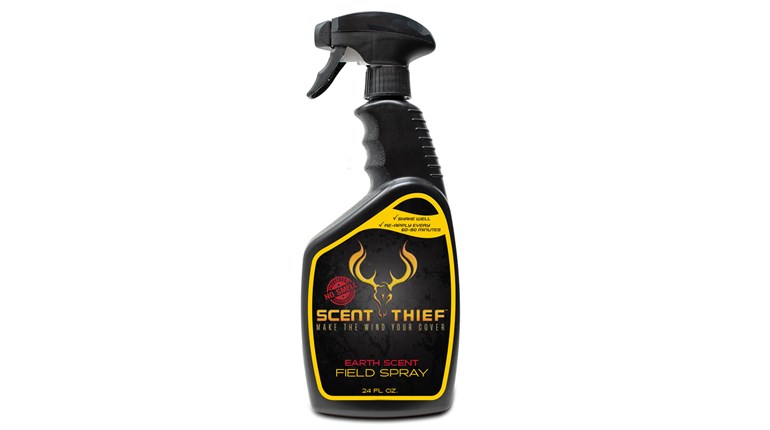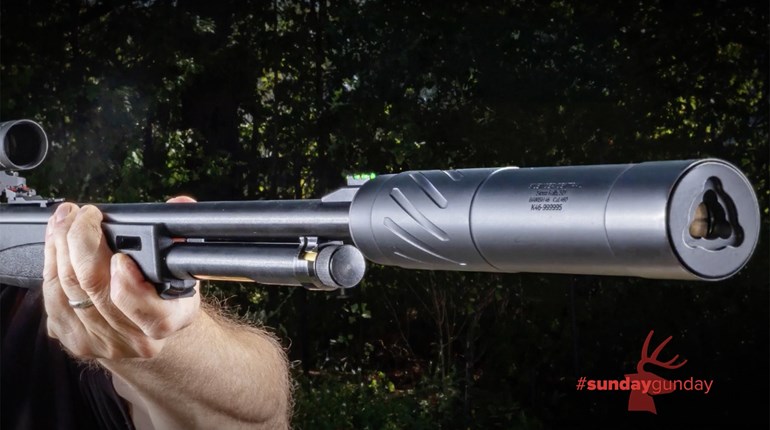
We recently reported on a pair of black bear attacks that occurred in garages on separate sides of the country. Now, it appears grizzlies have taken over the hot seat. On the heels of a fatal July 22nd encounter on the Buttermilk Trail just outside of West Yellowstone, where a woman was killed by a mother grizzly, another attack has happened in the nearby Shoshone National Forest. On August 5, a man working in an isolated part of the woodland was surprised and charged by a bear at a close distance. Engrossed in his survey work on the Sheridan Creek drainage, the incident occurred too quickly to deploy bear spray. Despite this, the man managed to save himself by covering his head and neck, and dropping to the ground. Much like the July attack in Yellowstone, it is suggested this aggression was defensive in nature, with the bear potentially having been surprised or protecting a cub.
Debate
Due to the surprise nature of the attack, wildlife officials do not have any current management plans for the grizzly. The attack has added more fuel to the bear-management debate, however. The latest data puts the Yellowstone grizzly population at around 965 bears, more than quadruple their number at the time of the Endangered Species Act (ESA) listing. Despite their burgeoning population, however, fatal attacks are still fairly rare by the numbers, despite record amounts of visitors to Yellowstone. Part of the reason for this, is that bears have expanded into territory three times larger than they inhabited 50 years ago, cohabiting more closely with humans. Some folks are now convinced that this coexistence has reached its high water mark, though, questioning how much more humans can adapt to the omnipresence of the big bruins.
In the wake of the attack, two Montana congressmen tweeted out that its time for grizzlies to be delisted. Having exceeding the recovery targets set by the ESA, the argument goes that the Act has succeeded at recovering grizzly numbers, and thus protections can be removed. The population is well over the targets set by the U.S. Fish and Wildlife Service (USFWS), and is actually beginning to stabilize and self-regulate. While protections have been removed twice since 2007, both instances were overturned after lawsuits from bear advocates. This year, though, a new analysis of grizzly recovery has been launched, and politicians have proposed delisting legislation at the Congressional level. Check back with us at americanhunter.org for future developments on the story.




































